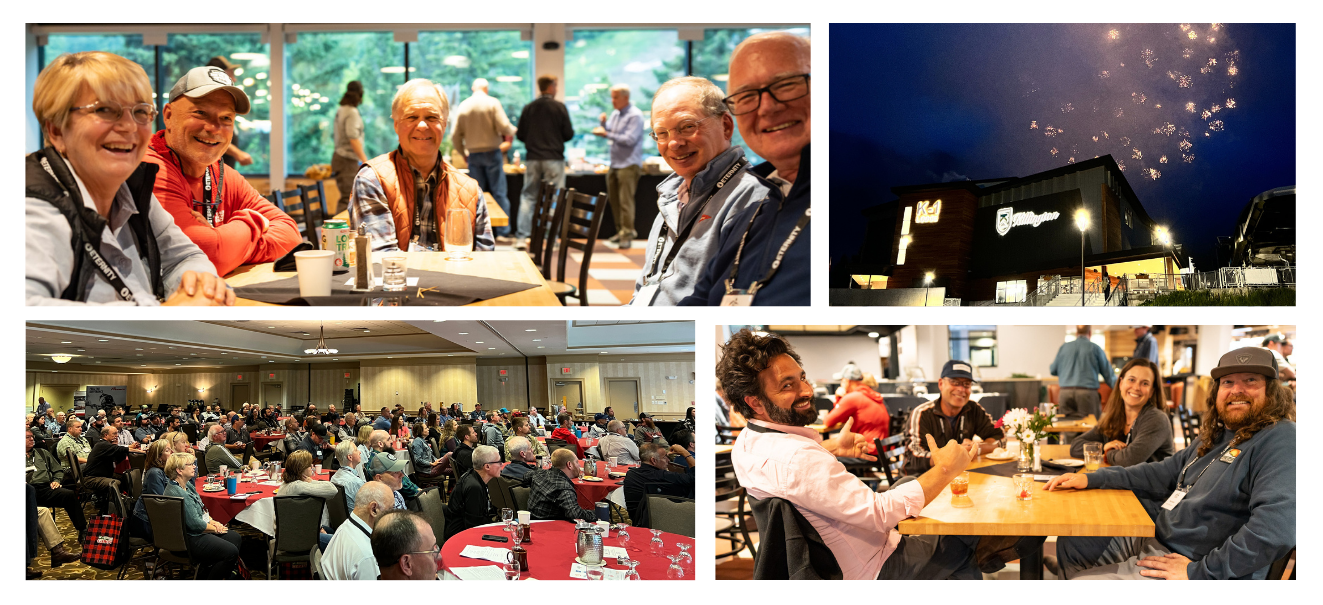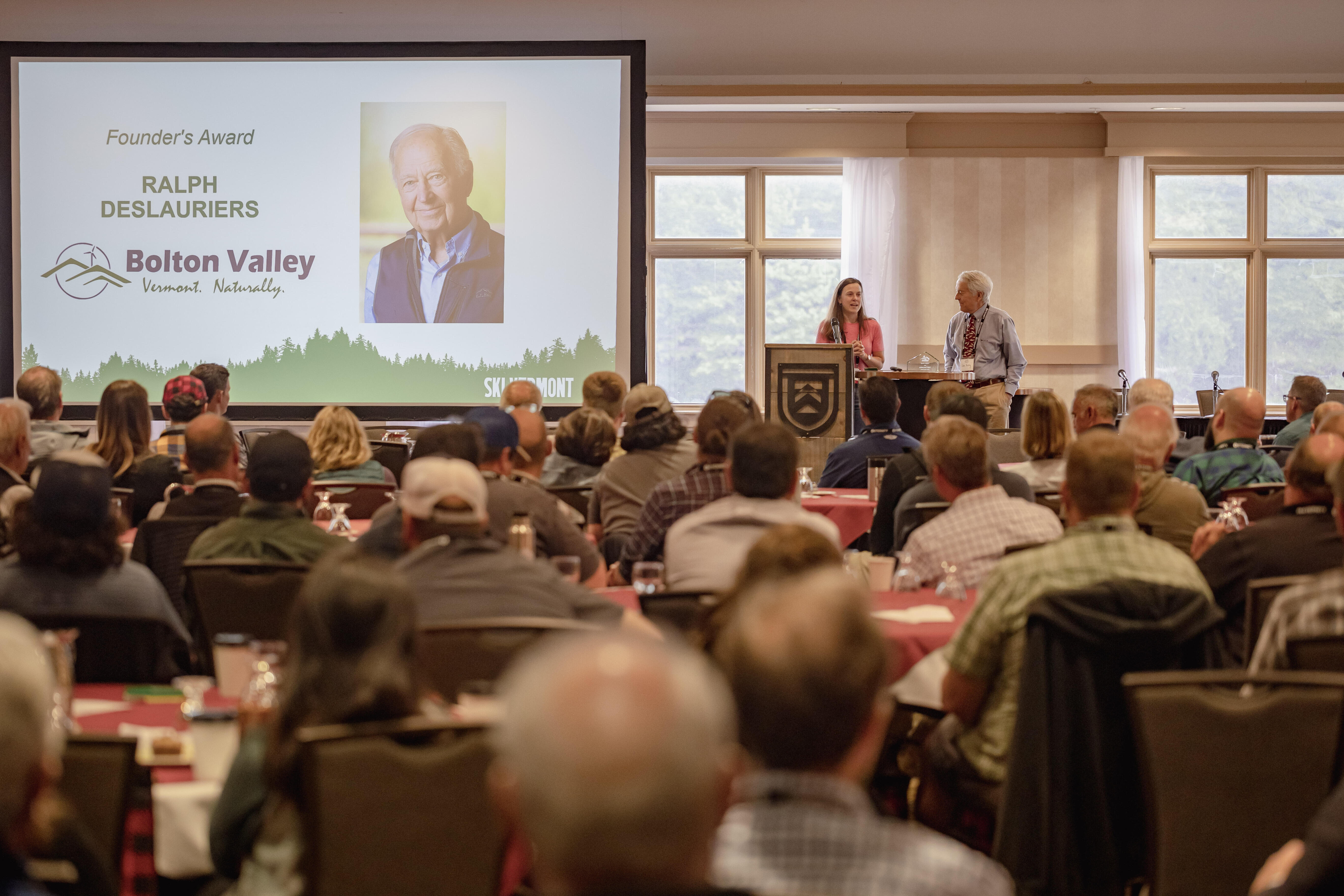
Vermont remains the top ski state in the east and the fourth
largest in the nation when measured by skier visits, with the
state’s ski areas averaging 117 operating days—4 days above
the 10-year average of 113, and an average seasonal snowfall of
167 inches—a 25-inch increase over last year, but still 20 inches
below the 10-year average.
“Such strong results, particularly in the face of a challenging weather for much of the season, is a testament to the industry’s solid planning, aggressive investments in snowmaking, efficiency and sustainability, and hard work by ski area and resort operators and their teams to deliver the best Vermont experience for their guests every day. Thanks to expert snowmaking teams operating some of the most powerful systems in the industry, Vermont really shines in a season like this one, and the resulting strong skier traffic is not only important for ski areas, but also for the many Vermont businesses and communities that rely on that traffic for their success,” said Molly Mahar, President of Ski Vermont.
Despite mild weather in November, nine areas opened for Thanksgiving Weekend—the unofficial kickoff to the ski season. That same weekend
Killington hosted women’s World Cup racing, an event that boosted the local economy by an estimated $6 million. A large mid- December snowstorm helped double the amount of open terrain for the Christmas-New Year’s holiday break, one of three key business periods for the industry.
While early January and early February brought extended
stretches of mild temperatures, March flipped expectations, gifting
skiers and riders several massive snowstorms.
One such storm blanketed several ski areas with over 36” and brought the best conditions of the season. With a healthy snowpack and 100 percent open terrain across Vermont, March restored its reputation as the region’s snowiest month. Several areas extended their seasons, with Jay Peak and Sugarbush skiing into May and Killington again offering the longest season in the East with skiing into June.
Despite several weeks of mild weather forcing many to curtail operations for up to two weeks, Ski Vermont’s 27 cross country ski areas still reported a statewide total of 402,394 skier days, a moderate increase over the previous season. Equally positive is the continued engagement by new participants who picked up the sport during the pandemic and have stayed. A majority (56.1%) of those cross-country skiers define themselves as “outdoor everything.”
VSAA’s Annual Meeting addressed a range of important topics,
with presenters including Chauncy Johnson of the Snow Angel
Foundation speaking about collision awareness and safety; Chief
Don Stevens of the Nulhegan Band of the Coosuk Abenaki Nation
discussing opportunities for collaboration and awareness with the
Abenaki people; Commissioner Heather Pelham, Vermont
Department of Tourism and Marketing and Commissioner Josh
Hanford, Vermont Department of Housing and Community
Development.
Friend of the Industry Awards were presented to Michael Snyder, former commissioner of the Vermont Department of Forests, Parks and Recreation, and Bo Adams of MountainGuard. Industry achievement awards were presented to Win Smith, former president and CEO of Sugarbush Resort, Bill Nupp President and COO of Stratton Mountain Resort and Dave Moulton, Senior Director of Mountain Operations at Mount Snow Resort. A very special Founder’s Award was presented to Ralph DesLauriers of Bolton Valley Resort.
